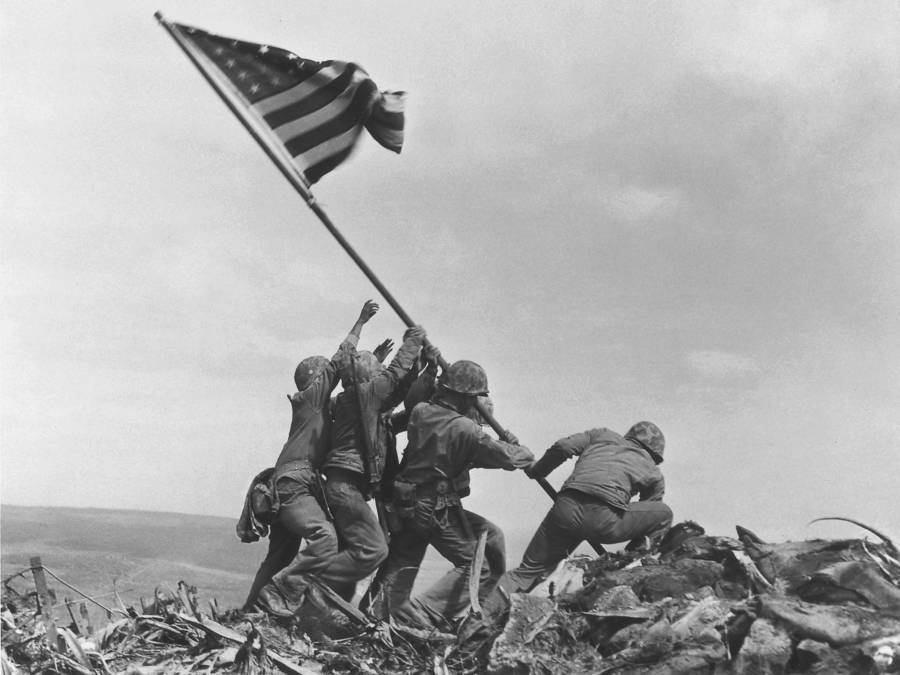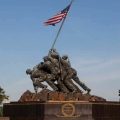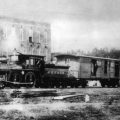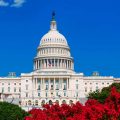
During the World War II, 24,521 American Indians served in the military and received the following awards: Air Medal (71), Silver Star (51), Bronze Star (47), Distinguished Flying Cross (34), and Medal of Honor (2). More than 480 Indians were killed during the war. In the Pacific, two American Indian Marines were involved in raising the American flag on top of Mount Suribachi on the Japanese island of Iwo Jima.
Iwo Jima, a part of the prefecture of Tokyo, was heavily fortified and the Marines suffered high casualties. Mount Suribachi is a 546-foot high dormant volcanic cone located on the southern tip of the island. Raising an American flag on this mountain in the Japanese homeland was a major propaganda coup for the United States.
Louis Charlo:
Louis Charlo, the great-grandson of the Bitterroot Salish Chief Charlo, was born in Missoula, Montana in 1926. One month after his 17th birthday in November 1943 he enlisted in the U.S. Marines.
In 1945, Charlo was a part of the 28th Regiment of the 5th Marine Division in their assault on the Japanese-held island of Iwo Jima. Interestingly enough, the Marines were transported on the U.S.S. Missoula, a ship named for his home town.
The battle for Iwo Jima started on February 19, 1945 and four days later Private Charlo and seven other Marines reached the summit of Mount Suribachi. At 10:20 AM, Charlo and the other Marines used a 20-foot section of pipe to raise an American flag from Missoula at the top of the mountain. This flag, however, was too small to be easily seen from the beaches. Several hours later, this flag was replaced by a larger flag. The raising of the larger flag was captured photographically by Associated Press cameraman Joe Rosenthal. The original flag is now in the U.S. Marine Corps Museum at Quantico, Virginia.
On March 2, 1945 Private Louis Charlo was killed by Japanese sniper fire and his role in the flag raising was soon forgotten. Today the story of his role in raising the American flag on Mount Suribachi is memorialized in a display at the Rocky Mountain Military Museum (see photos below), in a song by Blackfoot poet and singer Jack Gladstone, and in the oral traditions of the Flathead Indians.
Ira Hayes:
While the first flag was being raised over Mount Suribachi, the Second Platoon, Easy Company was laying a telephone wire to the top of Mount Suribachi. These Marines reached the summit about noon. Among these Marines was Ira Hayes.
Ira Hayes was born in 1923 on the Gila River Pima Indian Reservation. He enlisted in the Marines in August, 1942. On top of Mount Suribachi, he was one of six Marines photographed raising the larger American flag. Three of these six were killed in action before the island was secured.
Unlike Louis Charlo, Ira Hayes not only survived the Battle of Iwo Jima, but he became famous because of the photograph. President Franklin D. Roosevelt saw the photograph and felt that it would be a good symbol for a war bond drive. He ordered the flag-raisers to be identified and sent to Washington, D.C. One of the surviving flag-raisers identified four others in the photograph, but refused to identify Hayes because Hayes had asked not to be identified. Under pressure from the Marine Corps which was under pressure from the President, Ira Hayes was identified as one of the six.
The three surviving second flag-raisers, including Ira Hayes, met with President Harry Truman and then went on a bond tour. Hayes, however, had drinking problems during the tour and was ordered back to his combat unit.
When he was discharged in 1945, he returned to the reservation in Arizona where he found that the Pima still lacked water for their crops. He worked on his father’s farm, picked cotton, drank a lot, and spent some time in jail. Under the Indian Relocation Program designed to remove Indians from reservations and place them in distant cities, Hayes was sent to Chicago. Hayes was greeted at the train station as a hero, but was soon jailed for being drunk. He returned to the Gila River Reservation.
Hayes was not comfortable with fame. In 1955, he died of exposure to cold and alcohol poisoning. Ira Hayes was memorialized in a motion picture and in a folk song written by Peter LaFarge. The song was recorded by a number of people including Johnny Cash, Bob Dylan, and Kinky Friedman. Bonnie Lynn-Sherow, in her biography of Ira Hayes in Encyclopedia of North American Indians, writes: “A media-created hero of World War II, Ira Hayes symbolized two postwar realities in American society: the return of thousands of veterans to civilian life, and the impoverished status of Indian peoples relative to Anglo-American prosperity.”




Leave a Reply